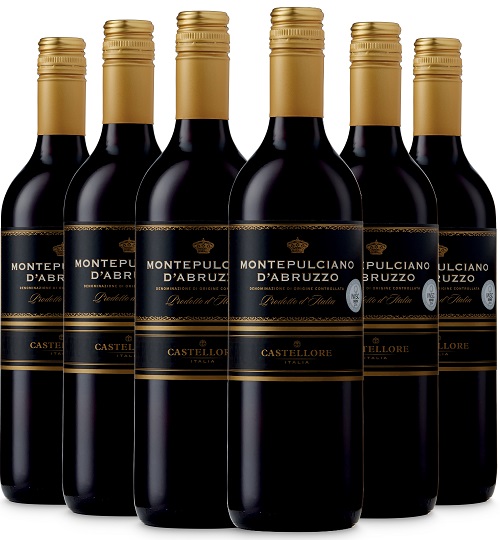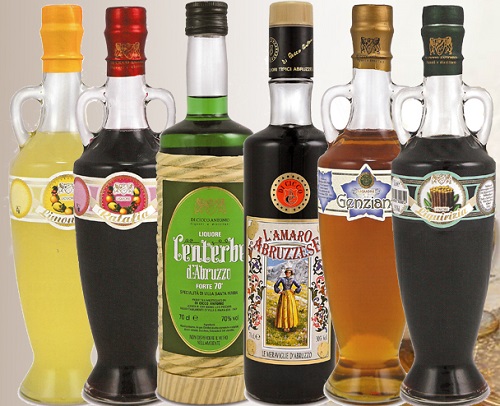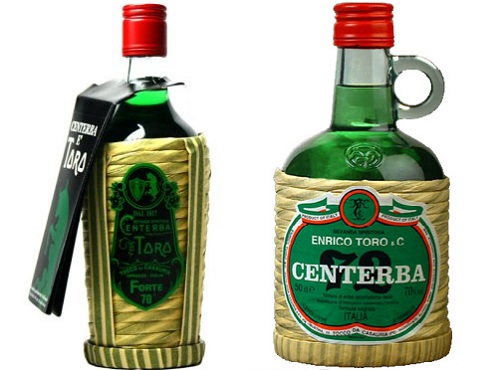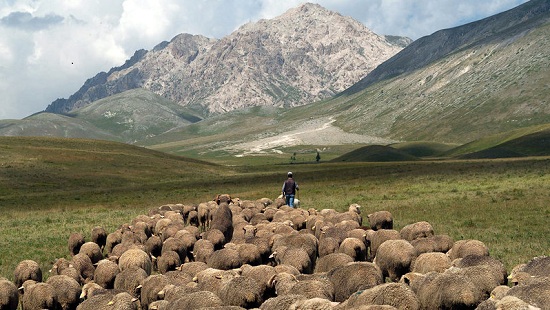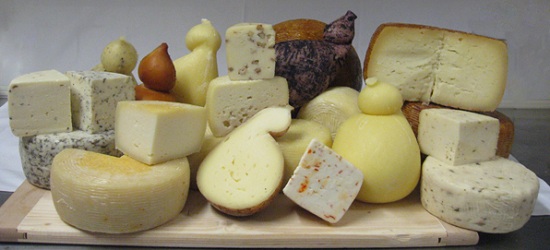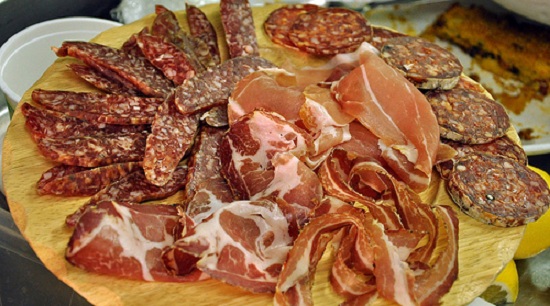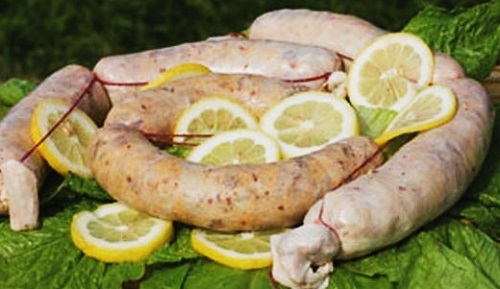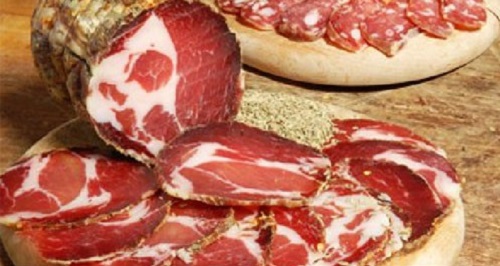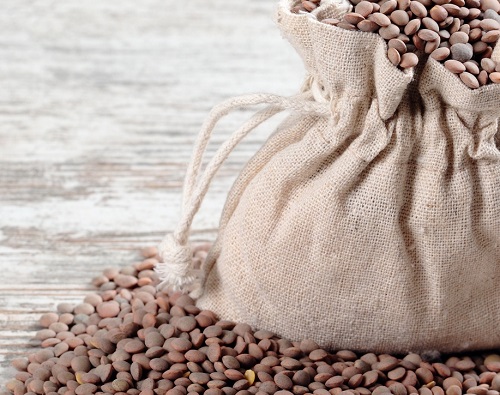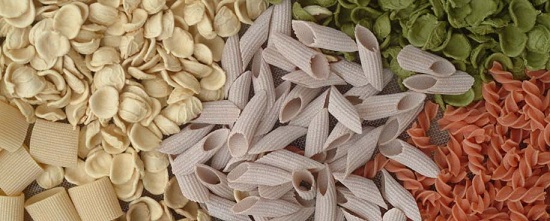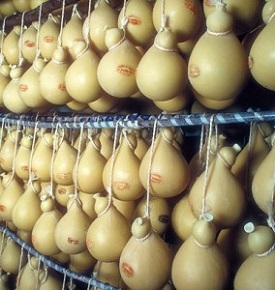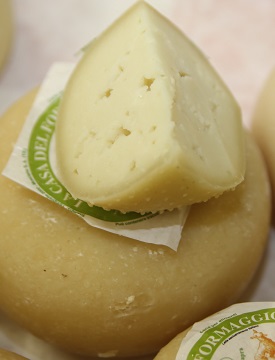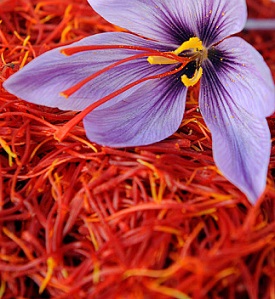|
Telling us tales of olive oil production in the Marsica area ( Aquila province, where Lake Fucino used to be) is the poet Virgilio, while Publius Ovid speaks of olive production in the Peligna Valley (now also known as the Conca di Sulmona).
The distinctive outlines of the hills is customary among the gentle landscape of the province of Teramo, Pescara and Chieti.
Produced by olive trees from the slopes of Gran Sasso to the sea and the hills at the foot of the Majella chietini is the high quality extra virgin olive oil of Abruzzo.
The extra virgin DOC produced in these areas (especially in Loreto Aprutino, Campli, Moscufo, Lanciano, Fossacesia and Guardiagrele) very well compare with some of the best Italian olive oils.
 The wines D.O.C. Abruzzo are the white Trebbiano and red Montepulciano. The first is a dry with a distinctive pleasant aroma and a yellow straw color, produced from a mix of Trebbiano d’Abruzzo grapes along with a cousin varietal, the Trebbiano grape of Tuscany. The wines D.O.C. Abruzzo are the white Trebbiano and red Montepulciano. The first is a dry with a distinctive pleasant aroma and a yellow straw color, produced from a mix of Trebbiano d’Abruzzo grapes along with a cousin varietal, the Trebbiano grape of Tuscany.
Among the well-known liqueurs we find the green fire of Tocco da Casauria, better known as Centerba ("one hundred herbs", light green colour made of digestive and aromatic herbs).
Although little known to the outside world, Aurum Orange Liqueur is one of Abruzzo's most popular liqueurs, based on 8 year old brandy, infused with peel from bitter oranges, citrus and herbs such as Saffron which gives the liqueur a pale golden color.
Traditional sheep breeding explains the significant role in the regional cuisine of the pecorino cheese.
Worth mentioning among the many varieties is the fresh, aromatic curd cheese from Teramo mountains.
A mixture of cow's milk and sheep milk is used to produce the caciotta, sometimes flavored with chilli pepper.
The "scamorza" is made mixing cow's and goat's milk, eaten raw or cooked on the grill or in the oven.
Pork meat occupy a place of honor in Abruzzo cuisine for both the taste and for the variety of traditional production methods.
The most distinctive are the Annoje, spicy tripe sausages, spicy liver sausages and blood sausages.
The 'annoja' sausage is made with stomach and pig guts cut into cutting small strips and cured in salt. Added spices are usually hot pepper, garlic, fennel seed, orange peel. Usually eaten after a few days of preparation as a fresh sausage.
The capicollo is found in all the provinces.
Inland areas are rich in cereal crops, among which stands out the black lentil of S. Stefano di Sessanio, small and tender, known for its strong taste and high iron content.
Abruzzo is home to one of the world pasta production capital, Fara San Martino, an ancient village at the foot of the eastern slopes of the Majella, where the presence of mountain pure spring water has favored the establishment of a flourishing pasta industry, which reaches markets around the world.

Another of Abruzzo's flag ship products is honey, especially the production of organically certified honey, mainly in rural areas where the honey bees can live and find an abundance of floral diversity. Honey from Abruzzo is slowly carving a niche in specialized gourmet shops as far away as United States, Japan and Australia.
|
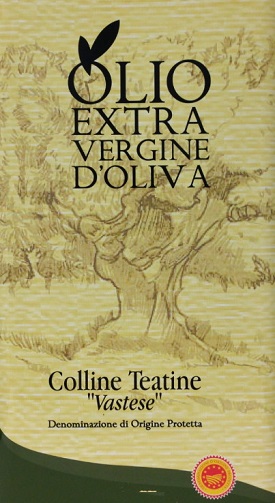
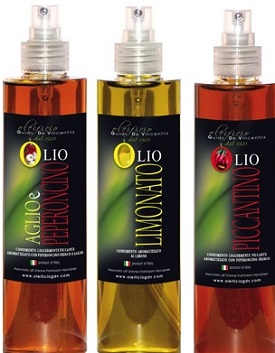
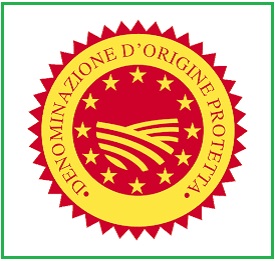
Montepulciano d'Abruzzo alone accounts for over 80% of the total DOC wines produced in Abruzzo and one of the first three DOC wines produced in Italy.
It is easy to recognize: an inviting deep ruby red, the unmistakable scent of red fruits, flowers and spices, dry, make the Montepulciano d'Abruzzo a unique wine.
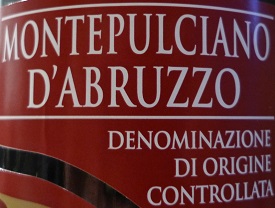
From the Aquila province three are the delicious
liqueurs : the Nocino, (liqueur made from unripe green walnuts), the Ratafia liquor (flavoured with lemon peel, herbs, nutmeg, cinnamon, clove, mint, rosemary, anise, etc.) and the intense and easy to identify liquore alla genziana (Genzianella obtained from maceration of yellow gentian roots with top quality alcohol and sugar syrup).
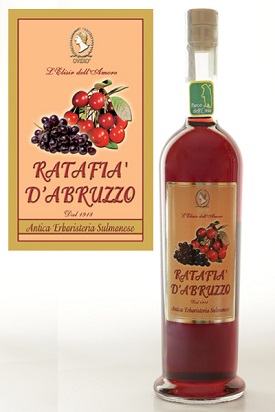
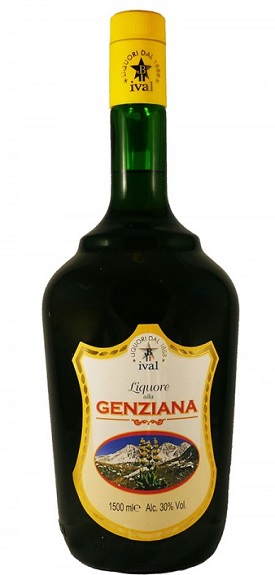
Cheeses from Abruzzo.
Of excellent quality, prepared in the highlands of Rivisondoli and Pescocostanzo, are the caciocavalli cheese and other dairy products such as braids, bocconcini and mozzarella.
Farinndola is also the center of the production of goat cheese (or capruzzo) to be consumed fresh.
At the foot of the Gran Sasso you can sample the cacio (or pecorino) marcetto.
The 'marcetto', is a cream cheese produced from unpasteurised, whole ewes’ milk. "Marcetto, means 'rotten’ due to the fact that a ‘cheese fly’ larvae are added while is been seasoned. The cheese cannot legally be sold in Italy.
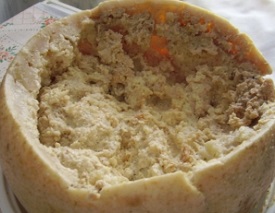
Liver sausages.
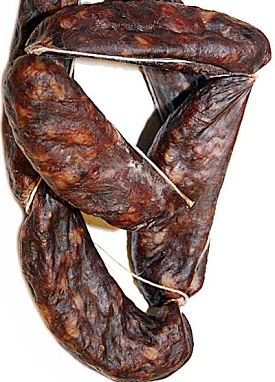
The "coppa" a speciality from Lanciano, is made with pork skin, cartilage and other pork scraps, boiled and flavored.
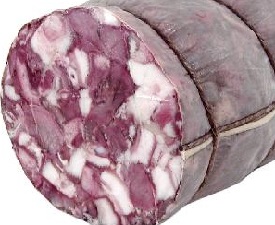
The black truffle from Abruzzo is widely used in the making of numerous dishes of regional cuisine.
Among the 28 varieties' of truffles the most 'known and widespread is the black truffle. The main production areas are Marsica and Teramo.
In addition to the kitchen, the precious tuber is used in the preparation of sausages, cheeses and flavored oils.
Saffron, cultivated since the Renaissance in the Plain of Navelli and obtained from the dried stigmas of the flowers of Crocus sativus, is widely used in cooking, as well as a medicinal plant (aids digestion, fights rheumatism and colds) and as an ingredient for sweets and liqueurs and ...the risotto alla milanese as well the spanish pajella.
|


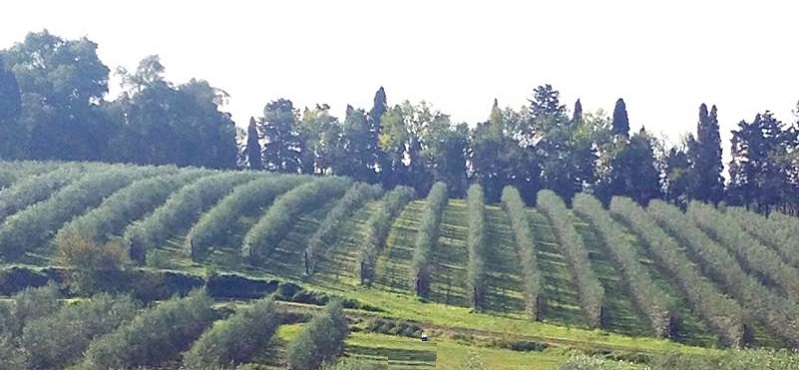



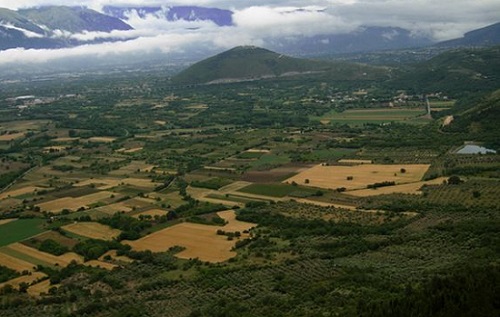

 The wines D.O.C. Abruzzo are the white Trebbiano and red Montepulciano. The first is a dry with a distinctive pleasant aroma and a yellow straw color, produced from a mix of Trebbiano d’Abruzzo grapes along with a cousin varietal, the Trebbiano grape of Tuscany.
The wines D.O.C. Abruzzo are the white Trebbiano and red Montepulciano. The first is a dry with a distinctive pleasant aroma and a yellow straw color, produced from a mix of Trebbiano d’Abruzzo grapes along with a cousin varietal, the Trebbiano grape of Tuscany.